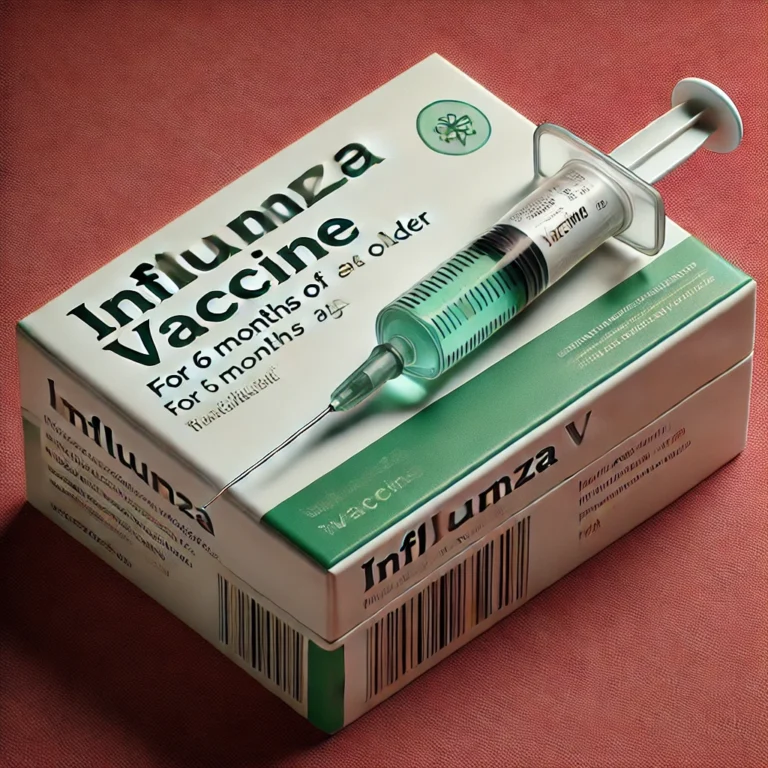Summertime in Connecticut is synonymous with enjoying the beautiful beaches along the coastline. However, a recent report has raised concerns among beachgoers. Swimmer’s Itch, a waterborne parasite, has been confirmed at several beaches in a Connecticut town. In this article, we will explore what Swimmer’s Itch is, its symptoms, ways to prevent it, and steps to take if you experience this unpleasant condition.
Understanding Swimmer’s Itch:
Swimmer’s Itch, also known as Cercarial Dermatitis, is a skin condition caused by waterborne parasites called schistosomes. These tiny parasites thrive in shallow, warm freshwater bodies such as lakes, ponds, and sometimes even in the ocean. When these parasites come into contact with humans, they can burrow into the skin, leading to an itchy and irritating rash.
Symptoms of Swimmer’s Itch:
The symptoms of Swimmer’s Itch typically appear within 12 hours of swimming in contaminated water. Common signs include:
Itchy Red Bumps: Small, red, raised bumps may develop on the skin. These bumps are often itchy and may resemble insect bites.
Burning Sensation: Affected areas may experience a burning or tingling sensation.
Skin Irritation: In some cases, the rash may cause mild to moderate skin irritation.
Prevention Measures:
While Swimmer’s Itch can be an unpleasant experience, there are steps you can take to reduce the risk of contracting it during your beach outings:
Rinse Off: After swimming, take a quick shower to wash away any potential parasites on your skin.
Avoid Shallow Waters: The risk of encountering schistosomes is higher in shallow, stagnant water. Try to swim in deeper areas where the parasites are less likely to be present.
Stay Informed: Pay attention to local health advisories and signs posted at beaches. If Swimmer’s Itch has been reported in the area, take extra precautions.
Use Protective Lotions: Applying waterproof sunscreen or lotions containing ingredients like zinc oxide before swimming can create a protective barrier on the skin.
Treatment and Care:
If you suspect you have contracted Swimmer’s Itch, don’t panic. While the rash can be uncomfortable, it is not typically dangerous and will often resolve on its own within a few days. To alleviate symptoms, consider the following:
Topical Solutions: Over-the-counter anti-itch creams or lotions can help reduce itching and discomfort.
Cool Compresses: Applying cool, damp compresses to the affected areas can provide relief from itching.
Avoid Scratching: Although it may be tempting, scratching the rash can worsen the irritation and may lead to infection.
Consult a Physician: If the symptoms persist or worsen, seek medical advice. A healthcare professional may prescribe stronger treatments to ease the discomfort.
Swimmer’s Itch is an unfortunate but common occurrence in certain freshwater areas during the summer months. By understanding the risks, taking preventive measures, and knowing how to handle it if you encounter the condition, you can still enjoy the beaches of Connecticut without unnecessary worry. Remember to stay informed, be cautious, and prioritize your health and well-being while enjoying your beach adventures.












